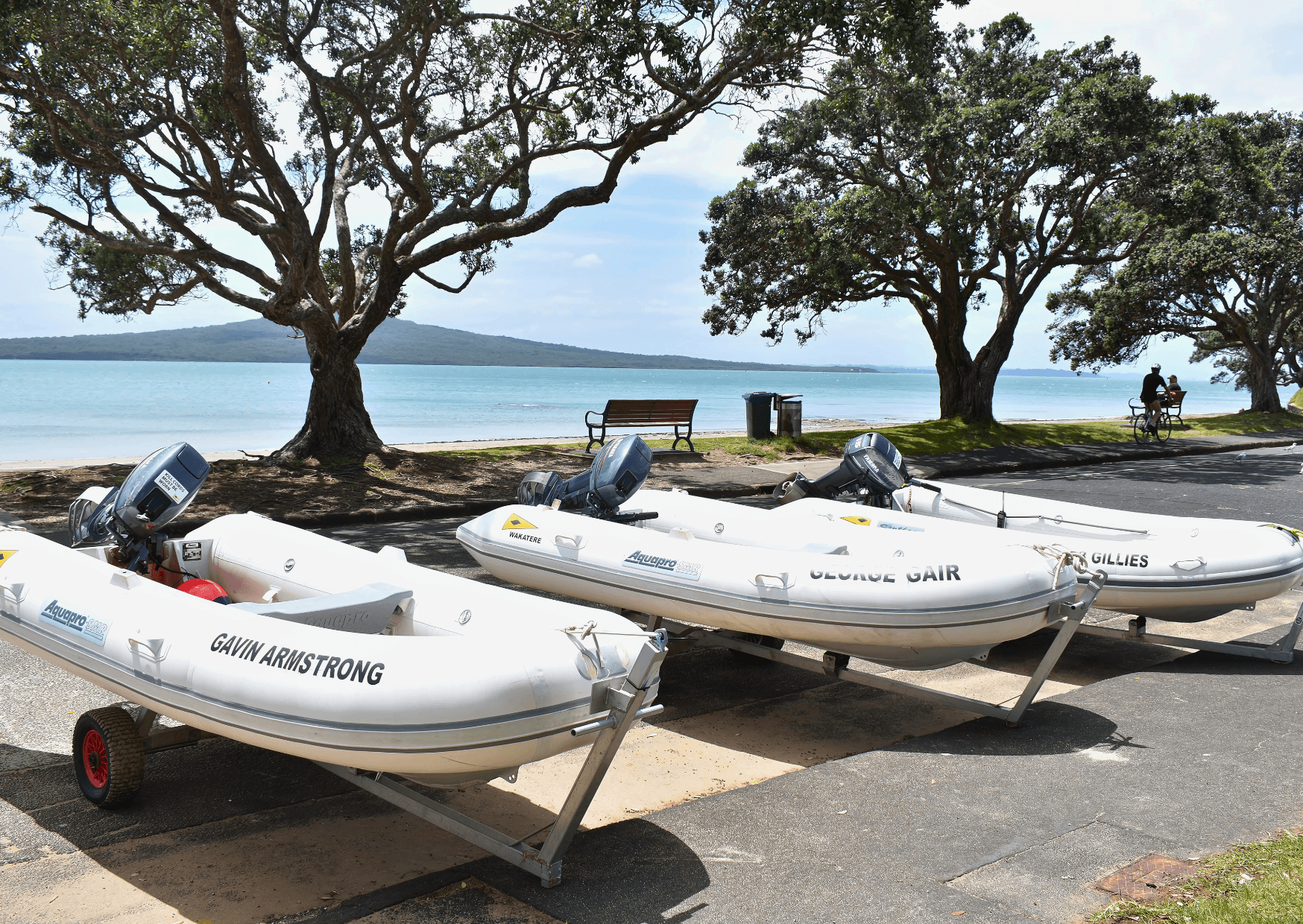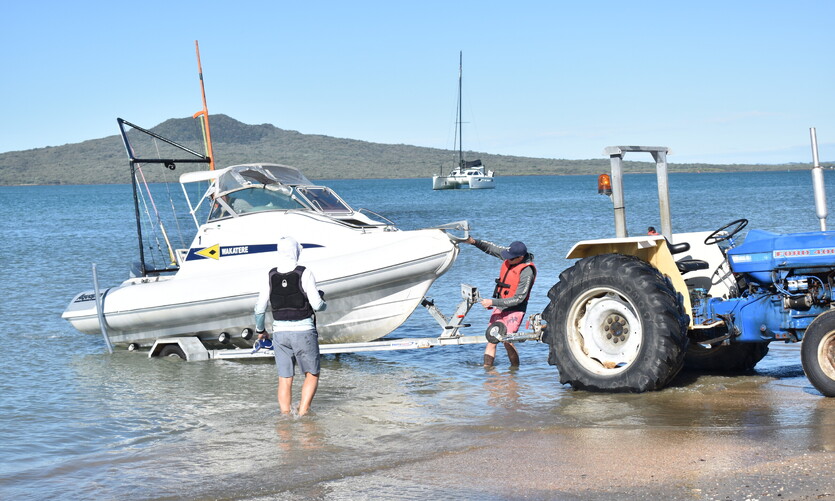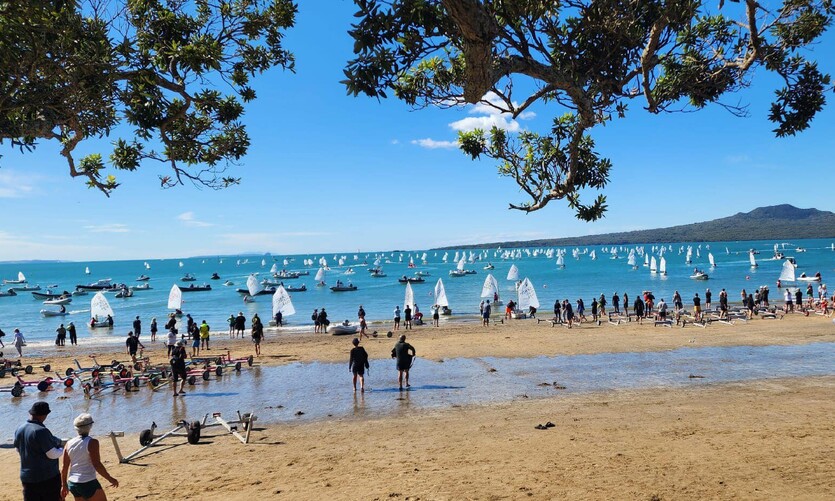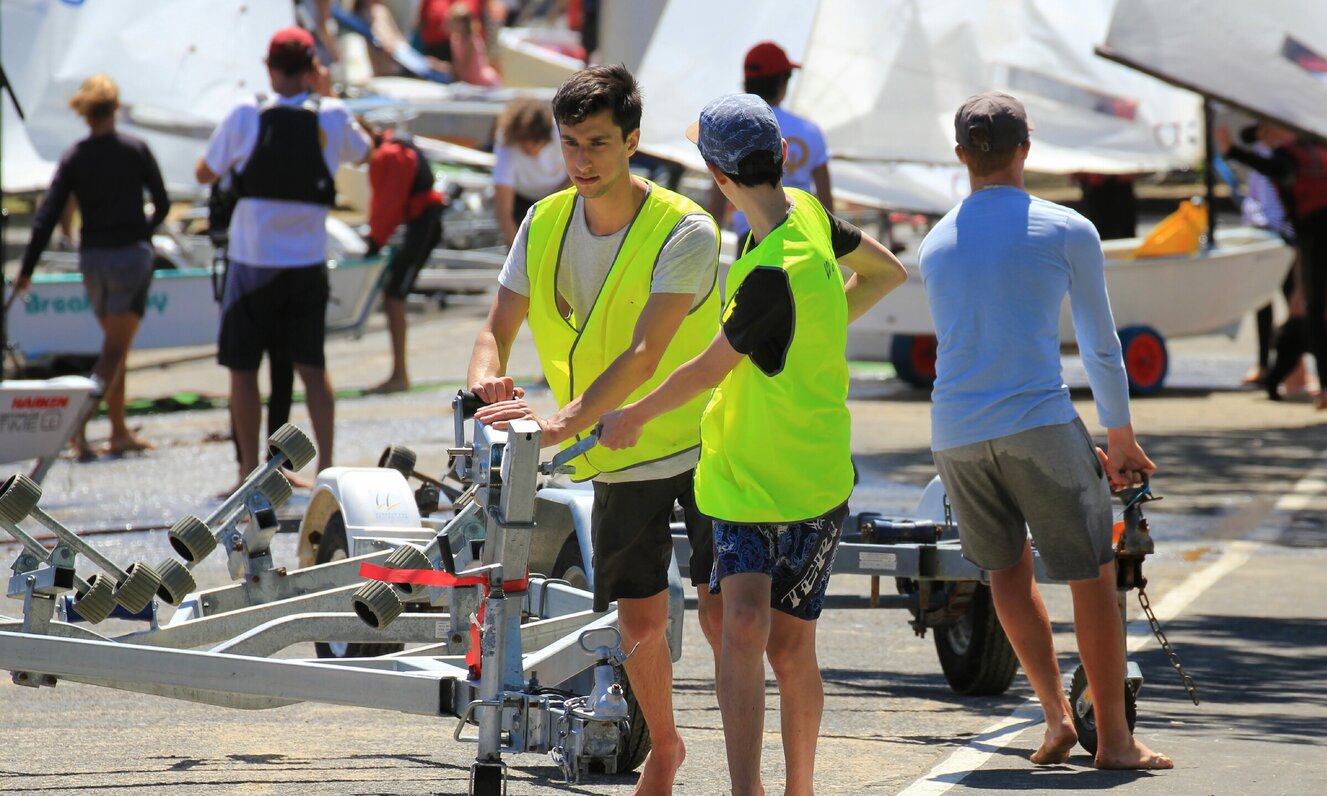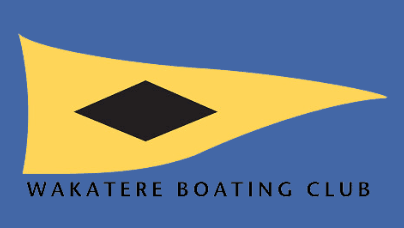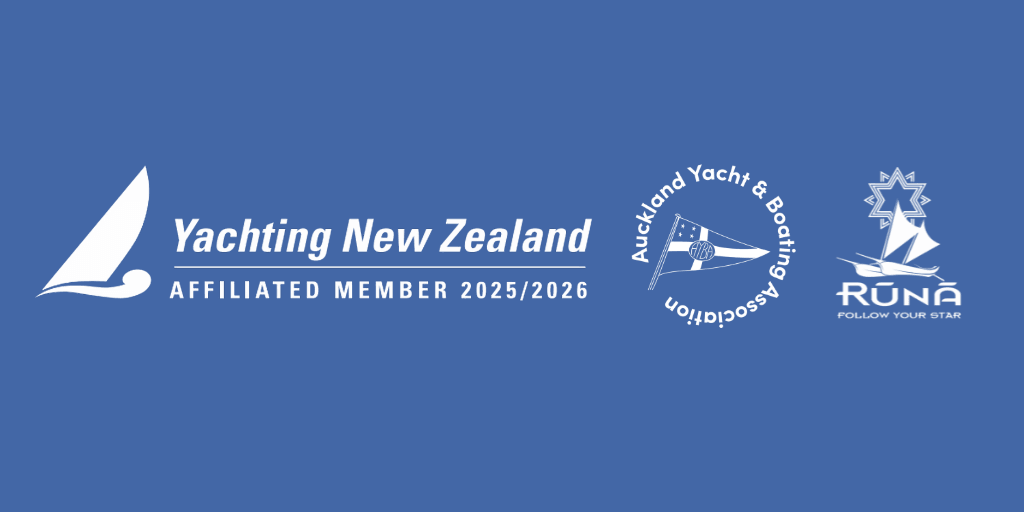Health & Safety
SAFETY POLICY
As a club member, it is YOUR RESPONSIBILITY to ensure that any of your actions or inactions do not cause harm or injury to you or anyone else.
Personal flotation devices (PFDs) must be worn by everyone afloat. This includes coaches, sailors & parents in club patrol boats.
NO ONE under the age of 15 yrs may be in control of a Wakatere club patrol boat, this applies whether there is an adult present or not. The skipper must have completed a certified Rescue Patrol Boat course or be a 'Wakatere approved skipper'.
Sign on/off for the use of each club patrol boat by scanning the QR sticker on each boat. This is an important part of our Club's H&S procedure.
For the launching & recovery of club patrol boats, centre console, and larger boats must use the public vehicle access ramp (south/east of the club). Smaller tiller steers may use the central beach ramp.
No member or non-member may operate a club patrol boat or the club tractor without being on the club's approved list. This is held by the H&S Officer.
2025/26 Wakatere Safety Officer: Andy Richards
Wakatere H&S Information
H&S Docs
Water Safety & Hazards
Swimmers vs Boats
Maritime NZ rule reminders:
Swimmers have the right of way. Expect to see them and be especially alert if you are coming in or going out while also looking into the sun.
The speed of all vessels (dinghies, foiling classes, patrol boats etc) must be no more than 5 knots when the vessel is:
Within 50m of any person in the water
Within 200m of the shore
Within 50m of any other vessel - except when you are involved in a YNZ-affiliated sport for training or racing.
Parents, please show your junior sailor what 5 knots is like by driving your car at 9kms.
Kill Cords
It is a mandatory requirement that anyone skippering a Wakatere Patrol Boat has a kill cord attached to themselves while the engine is on.
Kill cords should be worn around the ankle in tiller steer boats/around the knee in centre console boats.
Safety Standards
Safety standards applied to activities at Wakatere Boating Club include:
First Aid
VHF Radios
Safety depends on clear communication and Wakatere owns a number of waterproof VHF marine radios for comms on the water. They are in frequent use on patrol boats for coaching & racing and report back to 'Waka Base' in the Race Office or for comms between coaches. This allows us to manage assistance to sailors if required.
After each use, radios must be rinsed under a tap (they're waterproof), dried off and put back in their correct charging position in the Race Office or Training Room. This will ensure they are ready for the next coaching group, club race or away regatta.
Wakatere’s VHF radios are a valuable asset to the club and its members. Please use under advice and with care.
Wakatere uses Channel 17
Tractor Conditions of Use
Only persons given familiarisation training of the tractor are allowed to operate this equipment and they must be a club member. Formal training is organized by our Safety Officer or senior Club Member.
The tractor may never use the central beach ramp. It must only operate on the public vehicle ramp.
A hi-vis vest must be worn.
Note: It’s a strict requirement that only drivers listed on the Qualified Tractor drivers list (kept by the Club H&S Officer) may drive the tractor. If you are not on the list (or don’t know whether you are on the list), don’t drive it.
Incident/Accident Form
Procedures for Coaches / Volunteers
Beach Trailers
It is an Auckland Council by-law at Wakatere that -
ALL BEACH TRAILERS MUST BE REMOVED FROM NARROW NECK BEACH WHEN NOT IN USE, i.e. when you are out sailing.
Clear accessways must be maintained to provide full and safe use of the beach and foreshore to the wider public.
Sailors, parents and supporters can all pitch in to help with this, even if it's not your own beach trailer, bring it up to the old road.
Keep them clear of the cycleway.
Trailers, trolleys, it's all the same
Transport Options
Local Council Emergency Plan
Refer to the Devonport-Takapuna Local Board - Click here
⚠️ Nearest Civil Defence Evacuation Centre - Fort Takapuna, The Barracks
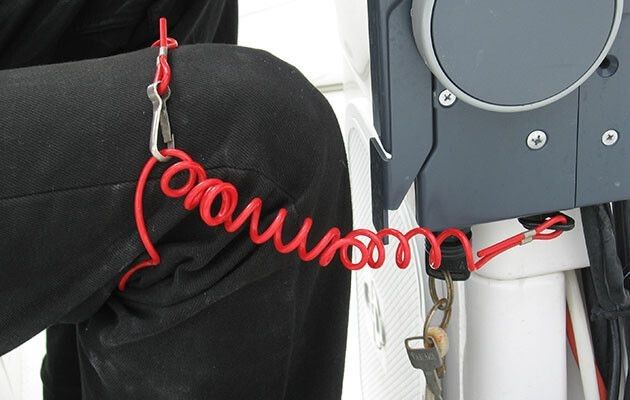
Patrol Boats & Safety Courses
Safety Course Info
Wakatere offers members an opportunity to enrol in a one-day certified Patrol Boat Safety Course run by the Auckland Sailing School so they can skipper a club boat as an 'approved skipper' this season and the next.
While many of you know how to drive a patrol boat, this course is about rescuing and retrieving boats and sailors in the water and how to manage rigs & sails when towing. It's an essential course at our club under our H&S legal requirements.
The course is subsidized by the club and open to all Club members (15+yrs) and parents/partners of members.
Complete the PATROL BOAT SAFETY COURSE FORM below to register your interest in the next course, which is expected to be in Spring 2025
Already Qualified ?
If you have prior patrol boat safety qualifications and are an experienced patrol boat skipper, get in touch with our club H&S officer. Please use the club contact form below
Request to have your qualifications reviewed
Patrol Boat Docs
Important procedure documents for all patrol boat skippers at Wakatere
Patrol Boat Conditions of Use
Patrol Boat Safety Checklist
QR Codes and Patrol Boats
We love scanning codes at Wakatere!
Sign on/off for the use of each club patrol boat by scanning the QR sticker on each boat. This is an important part of our Club's H&S procedure and applies to all race management, coaches, parents and supporters using club patrol boats.
This is a mandatory requirement as part of our Maritime NZ Moss Exemption and our H&S policy.
Maintenance
Report any damage or maintenance issues as soon as any problems arise. Scan the generic Patrol Boat QR code in the garage on return and write clearly on the whiteboard in the training room = double report! If left unreported, a small problem now could lead to a much larger one later on.
Our Patrol Boat Maintenance rep is happy to take a quick call or text to go over any immediate concerns. Graeme Milne - +64 21 244 5000
Kill Cords
The skipper must wear a 'kill cord' at all times while the engine is on. Kill cords should be worn around the ankle in tiller steer boats/around the knee in centre console boats
